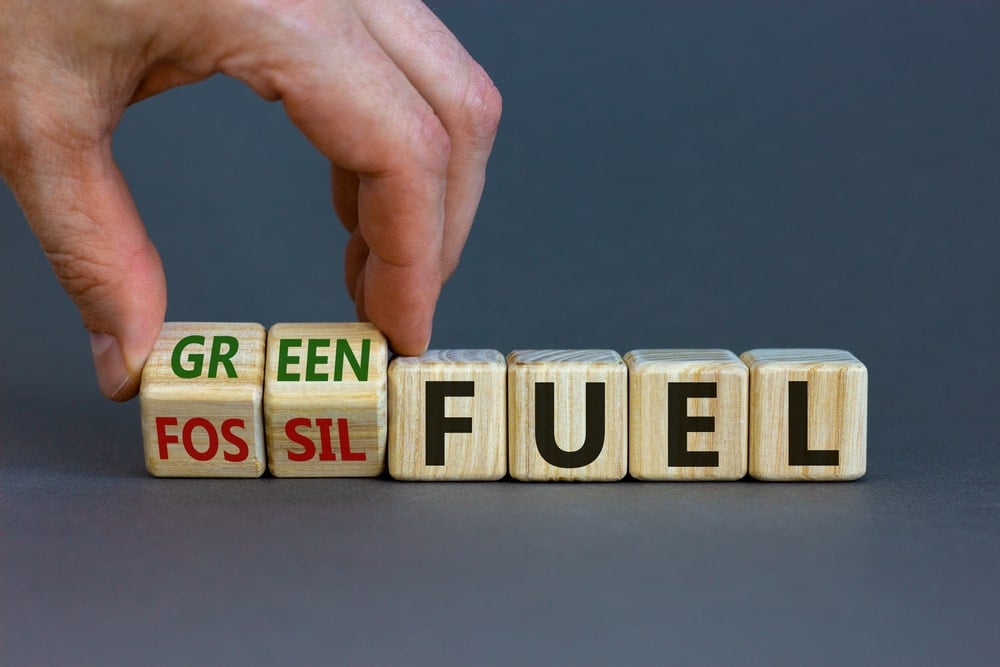
Alternative fuels and the future of gas stations [2023 update]
Last updated 29th September, 2023
As societies around the world seek to decarbonize their economies and move away from fossil fuels, the transportation industry is becoming a key focal point for policymakers, businesses, and individual consumers.
Fuel retailers are at the center of this transition, with new alternative fuels and new types of vehicles chipping away at gas stations’ core business. Adapting your business model will be key to seizing the opportunities that this new mobility landscape offers, but how do you know which technology will prevail?
While the world is switching towards electric mobility, hydrogen and biofuels are still seen as key tools in the battle against climate change by many.
However, while fuel cell technology continues to get cheaper and more efficient, the production of green hydrogen continues to lag. And while biofuels are dubbed as a renewable resource, they must still be blended with fossil fuels, so can never be fully carbon neutral.
In this article, we break down the impact of electric mobility and alternative fuels such as hydrogen and biofuel on fuel retailers and explore the viability of each of these alternative fuels. If you’re a fuel retailer looking towards the future, read on to find out more about the different types of alternative fuels which make up an ever-larger percentage of the transport energy mix.
Table of contents
- The effects of a sustainable transportation system
- Gas stations have always had to adapt to survive
- A new era for gas stations: alternative fuels
- The rise of electric mobility
- Hydrogen fuel stations—is it likely?
- What is biofuel and is it renewable?
- What will happen to gas stations in the future?
The effects of a sustainable transportation system
Today, there are already 26 million electric vehicles registered on the roads and according to the International Energy Agency, that number is expected to rise to 240 million by the end of the decade. At the same time, Hydrogen is still considered as an important piece of the net-zero-emissions-by-2050 puzzle. In addition, there are also efforts to reduce carbon emissions from traditional fossil fuels by infusing them with biofuels.
These shifts point towards the creation of a transportation system that is sustainable, energy-efficient, and respectful of the environment. But what does that future look like for gas stations across the planet? Are they electric? What about hydrogen and biofuels?
This is certainly the question on many fuel retailers’ minds. And while only time will be able to give us a concrete answer, one thing is for certain: a wait-and-see approach could put you miles behind in this rapidly changing landscape. That’s why it’s important to understand the difference between alternative fuels and how they will impact the transport system as we know it today.

Gas stations have always had to adapt to survive
Change might seem scary and impactful. However, gas stations have always adapted to the trends of the day. In the beginning, gas pumps had to be manned and there was little room for auxiliary services.
Then as the regulatory environment shifted and pumps became self-service, more and more people began to venture into stores, and the gas station/convenience store combination became known as the fuel retail industry.
As time went on, a range of additional services—from car washes to pumps and vending machines—were introduced. Today, seeing these services together is a normal sight and many customers have come to expect them. In fact, according to a recent Boston Consulting Group study, more than 75% of fuel retailers believe their non-fuel margins will become increasingly important.

However, the sector has come under increasing pressure due to concerns over sustainability and changing mobility habits, with many fuel retailers already looking to understand their position in the future of transportation.
In that same report, Boston Consulting Group, highlights that in order for fuel retailers to survive and thrive, they’ll need to go beyond extracting the most from their traditional core business, and need to make their ambitious moves into promising new businesses while also adapting the service station to support new vehicle types, capitalize on their real estate, and zero in on sustainable practices.
A new era for gas stations: alternative fuels
As the transition from fossil fuels accelerates, transportation—which accounts for roughly 20 percent of global emissions worldwide—is becoming a key focus. Governments around the world are incentivizing the development of low-carbon transportation and many have plans to ban the sale of new internal combustion engine (ICE) vehicles in the next few decades.
 The fact is that for fuel retail owners and managers, their business is at the front line of the conversation about climate change, sustainable transportation, and the future of mobility as a whole.
The fact is that for fuel retail owners and managers, their business is at the front line of the conversation about climate change, sustainable transportation, and the future of mobility as a whole.
To confront this reality, oil and gas companies are beginning to reconsider their position in the decarbonizing world of today and how they want to do business in the future. And for good reason. A 2021 report from McKinsey, already predicted that unless their business model changes, fuel retail will slowly shrink in value across mature markets – from $87 billion in 2019 to $79 billion in 2030.

The rise of electric mobility
Electric mobility presents itself as a powerful tool to tackle transport-related emissions and quickly shift away from fossil fuels, with businesses and consumers around the world increasingly choosing an EV as their next car.
For instance, many companies are moving to electrify their fleets—from delivery trucks to heavy-duty distribution vehicles, Amazon, UPS, and Ikea are examples of companies that have committed to electrifying a significant portion, if not all, of their fleet. According to a Boston Consulting Group report titled A New Era for Fuel Retailors, "To prevail, if not lead, in a low-carbon future, fuel retailers need to derive the maximum value from their traditional core business as well as expand their value chain and unlock the potential of a wide range of new businesses."
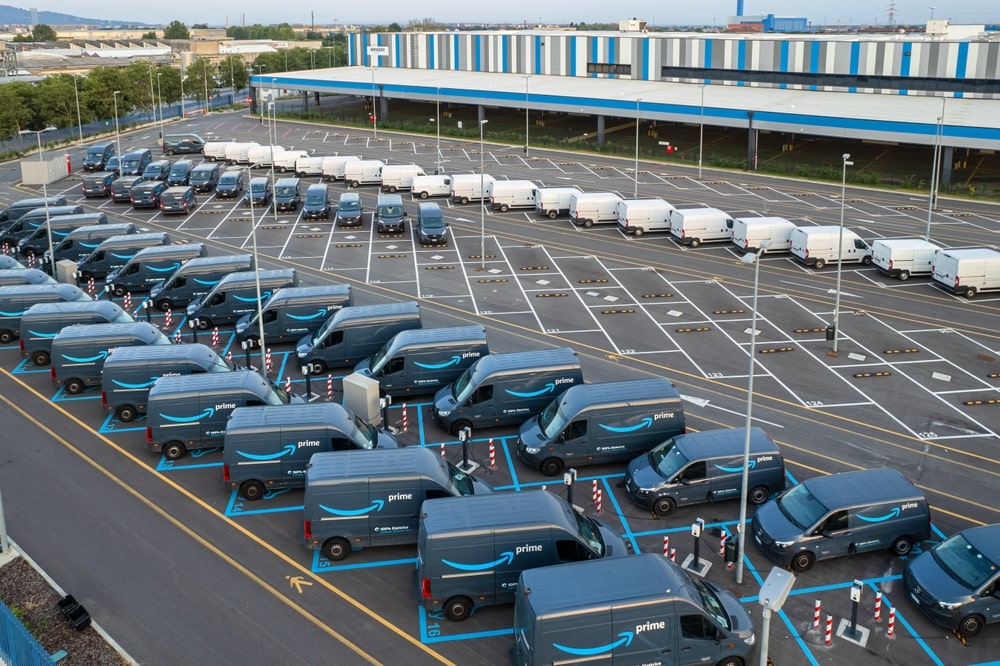
But perhaps what’s most telling is how consumers feel. Mindsets of millions have also shifted toward electric mobility, with over 40 percent of car customers considering buying an EV. This has led many industry leaders to profess that “the automotive future is electric” and that the tipping point in passenger EV adoption has already occurred.
With all this growth, however, in some parts of the world, there are more EVs on the road than there is adequate infrastructure to serve them. For fuel retailers, this presents a significant opportunity to offer EV charging infrastructure; and many forward-thinking gas stations have already begun investing in EV charging stations.
For example:
- Shell currently has more than 34,000 public charge points globally and expects to have 70,000 on-street electric vehicle charging points by 2025.
- BP will increase its network of EV charging points to 100,000 points by 2030.
- TotalEnergies will increase its EV charging network in Europe to 150,000 charging points by 2025.
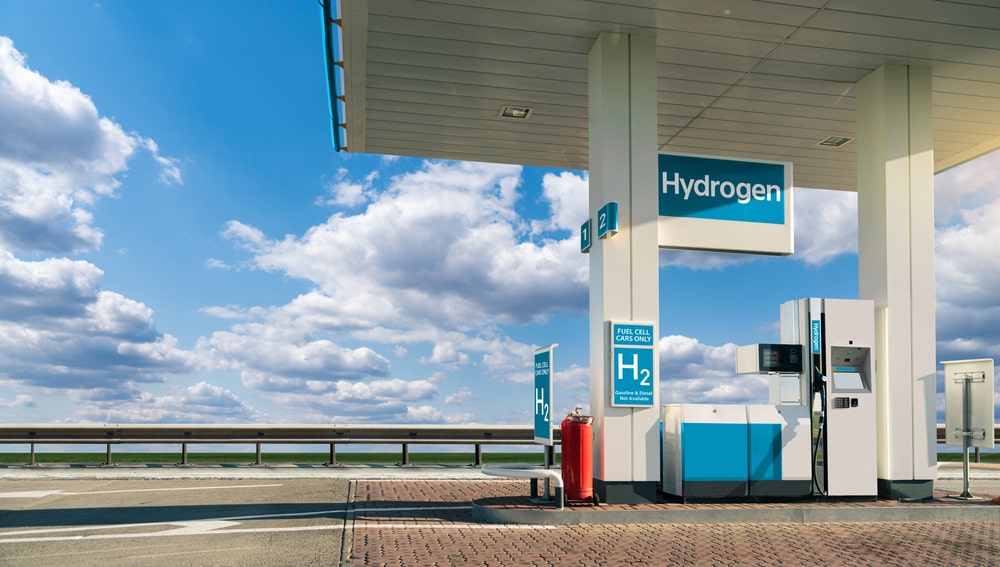
Hydrogen
Electric mobility is not the only sustainable alternative aiming to replace diesel and gasoline – hydrogen is pegged to be another key tool in the battle against climate change—but will it become a staple fixture for fuel retailers?
Before we dive into the answer, let’s first explore the question: what is hydrogen anyway?
What is hydrogen fuel?
Hydrogen is an alternative fuel similar to natural gas in a form that is made with a process called steam reforming. The alternative fuel has been used in transport for years, as rocket fuel and to lift airships like zeppelins.

As early as the 1970s, some vehicle manufacturers hailed hydrogen as the future of fuel for all types of transport and since then, many have poured billions into the R&D of hydrogen fuel cells.
However, in the years since, hydrogen fuel cell passenger vehicles have not become commercially viable due to high production costs, the challenge of sourcing green hydrogen, and fierce competition from EVs.
Hydrogen passenger vehicles
In line with green hydrogen’s potential, many vehicle manufacturers have begun developing hydrogen fuel cell vehicles (FCV). Today there are two models of hydrogen passenger vehicles that are commercially available: the Hyundai Nexo and the Toyota Mirai.
Others, like BMW have hydrogen plans in the works however, many hydrogen projects by Daimler, and Volkswagen have been killed off due to excessive costs in both the production of FCVs and the creation and transport of hydrogen—regardless of the energy source.
Is hydrogen a better alternative for passenger vehicles?
As Julia Poliscanova, Senior Director of Vehicles & Emobility Supply Chains at Transport & Environment, a European advocacy group for sustainable transport, puts it in our REVOLUTION Podcast, “when it comes to electric costs, just the pure efficiency and technology maturity of where batteries are today pretty much have cancelled out any competition from hydrogen.”
In addition, during the 2023 Consumer Electronics Show in LA, Volkswagen CEO, Thomas Schafer, told the Spanish AutoBild in an interview that hydrogen has some big disadvantages compared to battery technology and that it’s not for Volkswagen, at least not in the next ten years.
Hydrogen heavy vehicles
Whilst hydrogen-powered passenger vehicles are slowly being sidelined by OEMs in favor of batteries, it’s a different story when it comes to heavy vehicle manufacturers. According to Munich-based automotive consultancy firm Berylls Strategy Advisors, by 2030, 25 percent of new truck sales in Europe will be electric and a further 10 percent will be hydrogen fuel cell electric vehicles.
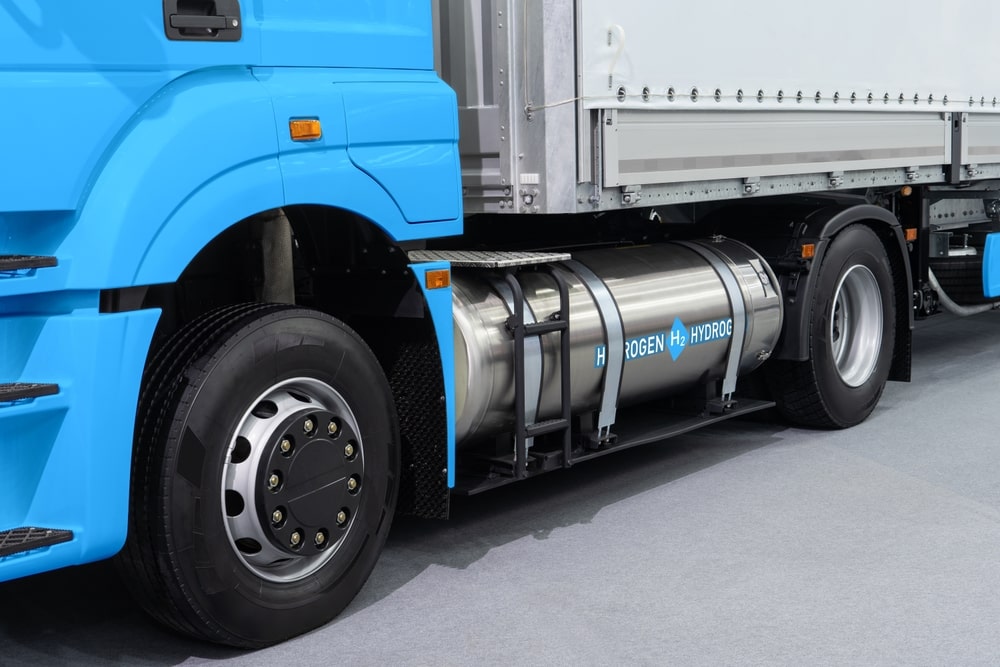
For heavy vehicles, which make up around a quarter of all transport emissions, hydrogen can provide a viable alternative to gas-powered internal combustion engines powered with a comparable driver experience.
As David Cullen, a scientist for Oak Ridge National Laboratory says, “Hydrogen fuel cells are ideal for the trucking industry because the refueling time and driving range are comparable to gasoline-powered trucks and travel routes are predictable, which lowers the barrier for developing a fueling infrastructure.”
As a result, the potential of hydrogen in this form of transport means that it may become more common on our roads. However, while fuel cell technology continues to get cheaper and more efficient, the production of green hydrogen continues to lag behind its fossil fuel-dependent counterparts.
Is hydrogen fuel renewable?
One of the major setbacks for Hydrogen is the discussion about whether the energy source is renewable or nonrenewable.
The vast majority of hydrogen production (roughly 95 percent) comes from fossil fuels today. Brown hydrogen, for example, is made from the gasification of coal, and grey hydrogen from natural gas—not exactly sustainable resources.
Blue hydrogen is considered a low-emission source of fuel as it captures the carbon dioxide and stores it away, however, the sustainability of this process is debatable. Green hydrogen, on the other hand, is created by using renewable energy and has the potential to be a key driver of the energy transition.
Yet, while green hydrogen has the potential to be a sustainable energy source, it’s unlikely to become sufficiently available until 2033. As a result, hydrogen-heavy vehicles may become more common on the roads but unless the production of green hydrogen is ramped up, it's unlikely that they'll overtake electric vehicles to lead the decarbonization of the heavy transportation industry.

Another less talked about aspect is the metals and materials required to manufacture fuel cells. While EV batteries are often blamed for their environmentally problematic components, hydrogen fuel cells aren’t necessarily much better. As Julia Poliscanova mentions in a Revolution Live episode, “It's really wrong to say that hydrogen vehicles fuel cells have less of a problem with critical metals. They do, they’re just different critical metals – palladium, platinum. So, it’s the same problem with different periodic table numbers.
Biofuels
Biofuels are created from breaking down feedstocks such as vegetable oils and animal fats, transformed into either ethanol or biodiesel, and blended with either traditional gasoline or diesel to create a low-carbon alternative. In the U.S. and Europe, regular gasoline typically contains about 10 percent ethanol (E10) and some vehicles can run on up to 85 percent ethanol (E85).
By many, Biofuels are seen as solutions in the fight against climate change as they are cost-effective and don’t require a large investment in infrastructure. However, they’re not a silver bullet by any means.
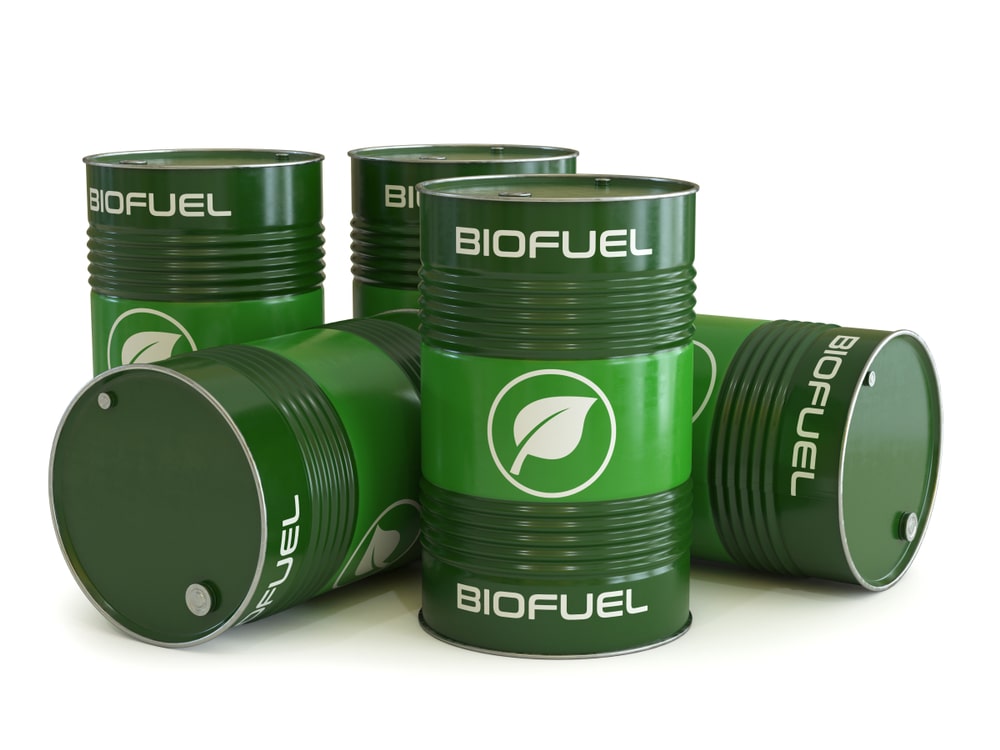
Is Biofuel renewable?
Rather, while biofuels are considered a renewable resource—as they come from bi-products of agriculture feedstocks—and thus a more sustainable alternative to gasoline, they are not carbon-neutral and must be blended with fossil fuels.
For fuel retailers, offering biofuel as an alternative fuel might be better than not doing anything at all, but it’s not going to set your business up for the transport revolution.
It’s not an either-or scenario. With the transformation well underway, skipping carbon-neutral alternatives and only offering low-carbon biofuel solutions will simply not be enough to service the needs of tomorrow’s customers.
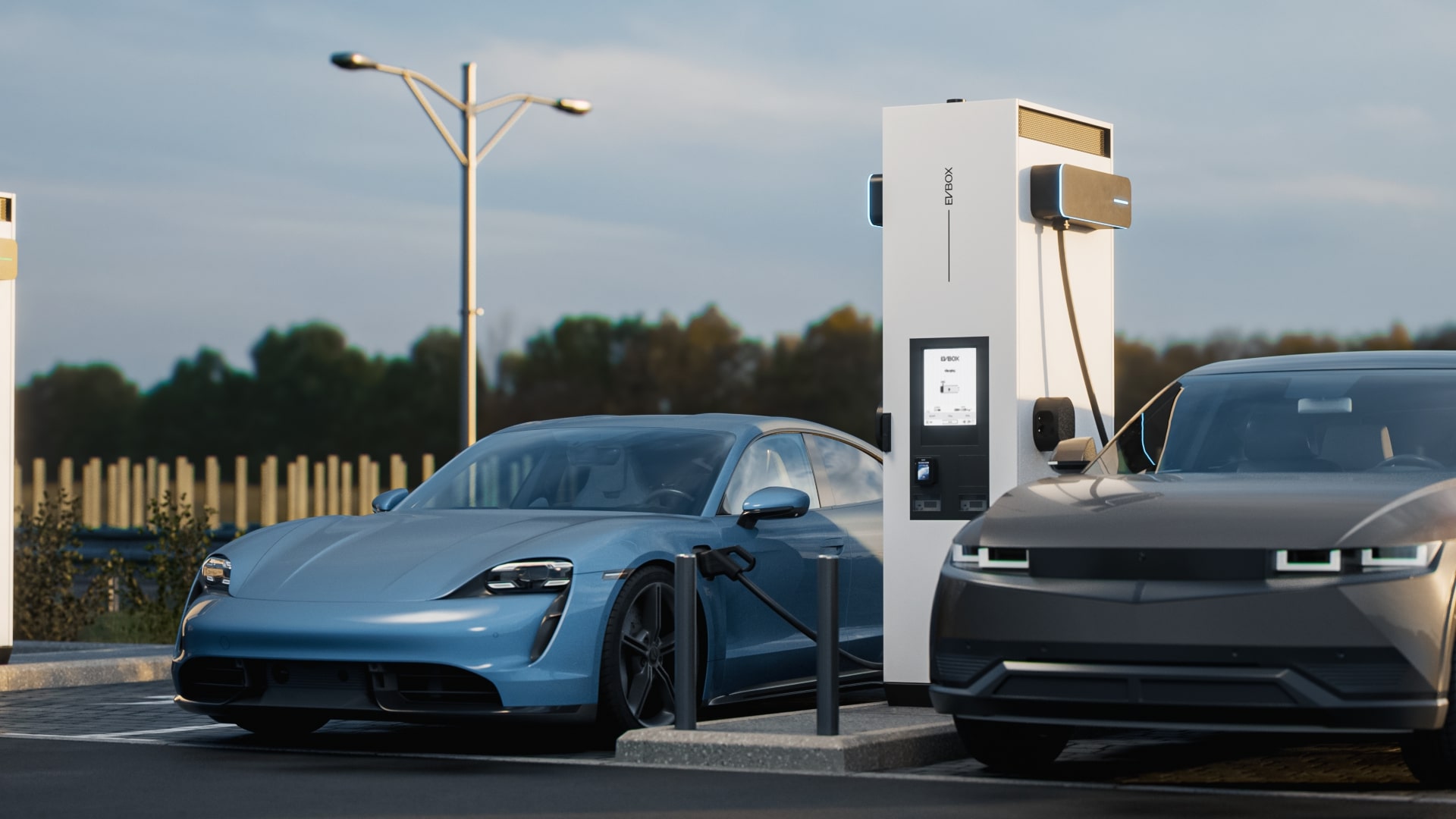
What will happen to gas stations in the future?
As the transport revolution ramps up, fuel retailers will have to make investments before reaping the rewards. With EVs pegged to lead the way and both hydrogen and biofuels on the radar, fuel retailers are at a crossroads. Which direction should they go?
The truth is that while alternative fuels are coming and their development is important to decarbonize the transportation industry, electric mobility is clearly paving the way. For fuel retailers, this means that while today the EV-charging value pool is negligible, by 2030 it’s estimated to be a whopping $121 billion Grand View Research. This presents opportunities for fuel retailers to diversify and future-proof their business, all the while generating an additional revenue source.
So, should gas stations simply become electric stations?
No.
While the vast majority of passenger vehicles will be electric in the near future, that doesn't mean they will be the only ones on the road.
In fact, heavy transportation and other commercial vehicles are expected to look into a mix of decarbonized fuels. Even though short-distance transportation is (in most cases) perfectly suited for BEV, there are many situations and conditions that make alternative decarbonized fuels such as hydrogen a valid option. Also, as the ban on ICE vehicles will help electrify the cars on our roads, there will be a lengthy transition period where many are still looking to fuel up with gas.
As Francious Parnier, EV director at TSG, stated in our REVOLUTION Podcast “The future will be a mix of energies for a mix of usages.”
Whatever happens, what we now know as gas stations will be at the forefront of these changes and will have to offer a mix of energy to meet the demands of different types of drivers passing their establishment.
Related articles

How the fuel retail industry can benefit from electric fleet vehicles
All over the world, sustainability has become a larger focus for all types of businesses. As a result, many...

Alternative fuels and the future of gas stations [2023 update]
Last updated 29th September, 2023 As societies around the world seek to decarbonize their economies and move away from...

Why converting your gas station to an EV charging business will attract more customers
Last updated on August 29, 2023 Despite their name, modern gas stations offer a lot more than just a pump for drivers...